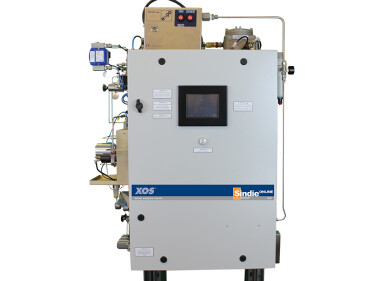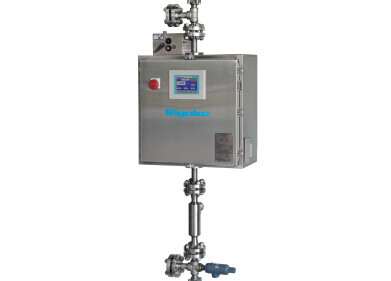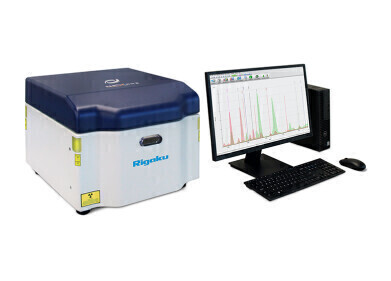Sulphur analysis
Analysis of Sulphur in Automotive Fuels by ASTM D2622-10
Mar 09 2013
Rigaku Corporation (USA) recently announced the publication of a new application report describing the analysis of low concentration sulphur in automotive fuels using wavelength dispersive X-ray fluorescence (WDXRF) spectrometry. Rigaku Application Note #XRF 5035 adheres to the American Society for Testing and Materials method ASTM D2622-10 (“Standard Test Method for Sulphur in Petroleum Products by Wavelength Dispersive X-ray Fluorescence Spectrometry”) and highlights the capabilities of the Rigaku Mini-Z Sulphur analyser.
Recent developments in ultra-low sulphur diesel (ULSD) fuel have improved fuel efficiency and created cleaner emissions. The allowable limit of sulphur in fuel oils has been reduced by as much as 15 ppm in many countries, with the likelihood of further restrictions still to come.
For compliance verification, X-ray fluorescence (XRF) spectrometry is the preferred analysis tool for use at distribution terminals, as well as at mobile or stationary testing laboratories. Application Note #XRF 5035 details sample preparation, method calibration and repeatability. For the analysis described in the report, 4 ml of each sample was poured into a special liquid cell with a 2.5 μm Mylar analysis film. “Number 2 diesel fuel” standards and isooctane-based standards were used for calibration for diesel fuel and gasoline respectively.
Measurements were carried out using the Mini-Z Sulphur analyser, a benchtop single fixed-channel WDXRF spectrometer designed to minimise installation requirements such as cooling water, power supply and floor space. It has a built-in control panel designed for easy operation. The Mini-Z Sulphur analyser is equipped with an air-cooled 40 W Cr-target X-ray tube. The RX-9 analysing crystal is optimised for sulphur analysis.
The results show that low concentration sulphur in petroleum-based fuel can be routinely analysed with high precision using the Mini-Z Sulphur analyser, meeting the requirement of the current ASTM D2622-10 method.
A copy of this application report may be requested on Rigaku’s official website at: http://j.mp/ZGIyz7
Digital Edition
PIN 25.6 Buyers' Guide
January 2025
Buyers' Guide Directory - Product Listings by Category - Suppliers Listings (A-Z) Articles Analytical Instrumentation - ASTM D7042: The Quantum Leap in Viscosity Testing Technology -...
View all digital editions
Events
Jan 25 2025 San Diego, CA, USA
SPE Hydraulic Fracturing Technology Conference and Exhibition
Feb 04 2025 The Woodlands, TX, USA
Feb 05 2025 Guangzhou, China
Trinidad and Tobago Energy Conference 2025
Feb 10 2025 Point Lisas, Trinidad
Feb 11 2025 Lagos, Nigeria



















